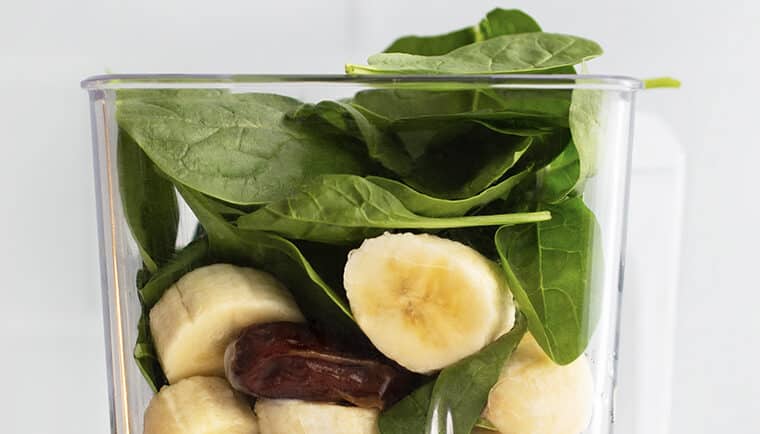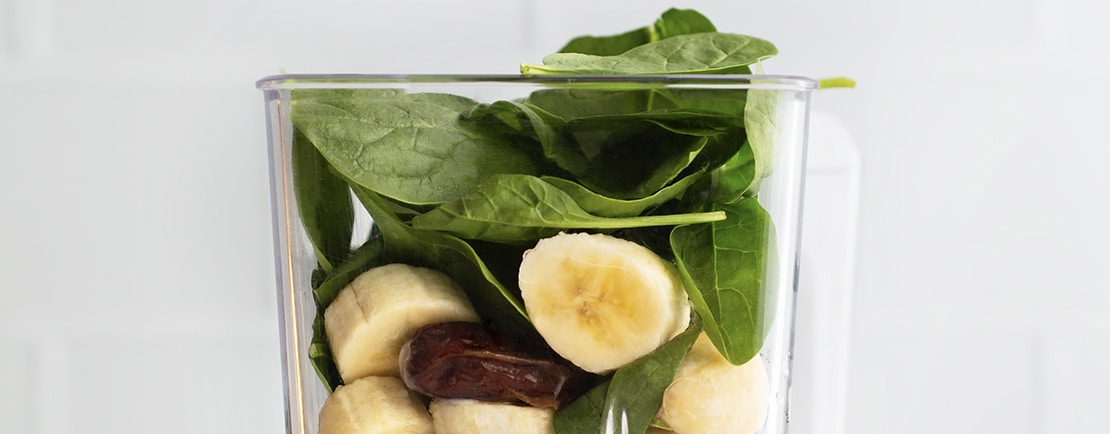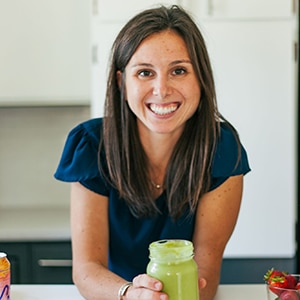



January is a time for new beginnings, resetting, and planning ahead. If food and nutrition are part of your new year reset, try adding foods instead of removing – just focus on the healthful ones, such as plants.
Plant-based eating is growing in popularity, but to most people, going plant-based can seem daunting. When some people first hear of plant-based they initially think it means completely vegan or vegetarian. This doesn’t have to be the case. Here are 10 tips for adding more plants to your diet wherever you are in your journey.
It doesn’t have to be all or nothing. Start by choosing just one or two of the tips below to get started on your plant-based diet journey.
Meatless Mondays are a great way to hold yourself accountable to eating more plants. It doesn’t have to be Mondays, any meal or day of the week will work. Choose a regular meal that you have most control over – maybe Tuesday lunch or make ahead breakfasts instead.
Traditionally, family meals have been planned around the meat source – burgers, steak, or chicken with a side vegetable. Rather than planning your meal around the meat source, switch your focus to the plants – spaghetti squash pasta, stuffed acorn squash, black bean burritos, lentil shepherd’s pie. Pick a plant that inspires you and then search for a great recipe – you’ll be surprised at how many options are out there. Or, you can try some of the Forager Project plant-based recipes.

There are now endless plant-based food alternatives for your pantry staples. Scan your fridge for the easy wins – milk, yogurt, creamers, and meat all have abundant and tasty alternatives out there.
You may want to try Forager Project organic cashewmilk, plant-based yogurt, or vegan sour cream if you haven’t already!
Did you know you can use flax or chia seeds to replace eggs in baking? This is a great whole food kitchen hack when you can’t use eggs or want to add plant-based variety to your diet. Both seeds offer a good source of fiber and anti-inflammatory Omega 3s.
You can add leafy greens to nearly any dish. They go well in tomato sauce, on tacos, in smoothies, as a side salad with just some olive oil, as a sandwich wrap, and more.
Not only are they easy to bring on the go, but smoothies are also a great way to eat more fruits, veggies, and plants. Try blending in sweet potatoes, spinach, kale, or frozen cauliflower to get your veggies. Use fruit and spices, like cinnamon and ginger, to naturally sweeten. Blend with Forager Project cashewmilk or cashewmilk yogurt for another plant-forward push. Or give this Banana Turmeric Smoothie a try.
Would you be more likely to eat veggies if they were sliced and prepped waiting for you in the fridge?
Take a few minutes to slice your pineapple, strawberries, mangos, peppers, cucumbers, and any other produce at a time that works best for you. This could be right after you come home from the grocery store, or after dinner when you are feeling full and happy. It will save you time later on and make it easier to reach for produce as a snack.
Take advantage of convenient, plant-based options if it will help you eat more plants. Choose grape tomatoes, packages of baby carrots, prepackaged apple slices, whole apples, clementines, or bananas.
You can easily add extra veggies to:

Jenna is a registered dietitian nutritionist who believes healthy eating should be simple, delicious, and fun.